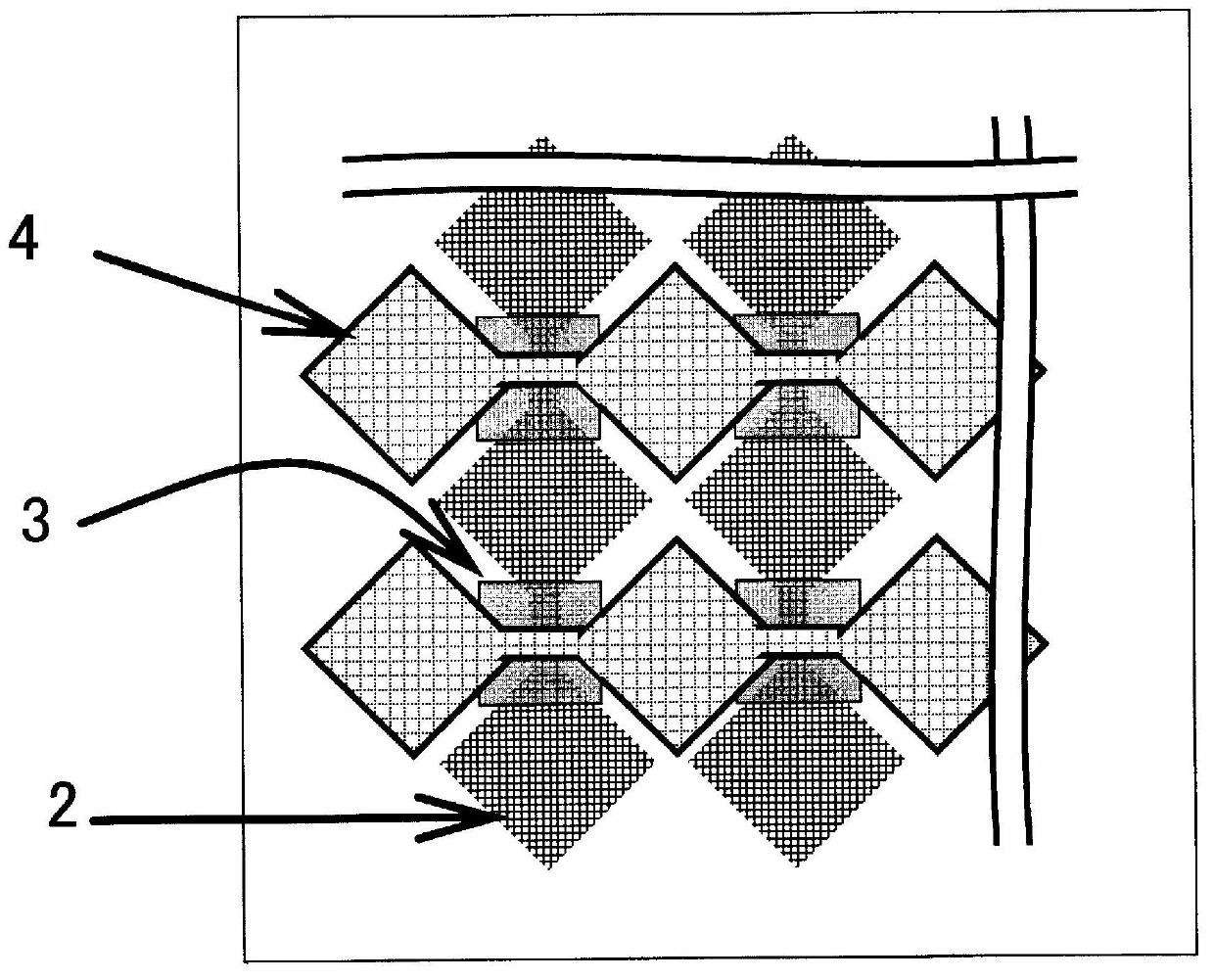Positive photosensitive resin composition, cured film formed from the same, and device having cured film
A technology of photosensitive composition and photosensitive resin, which is applied in the field of planarizing film for solid-state imaging element, interlayer insulating film for parts, and pattern of microlens array, which can solve the problems of low transparency and complexity, and achieve high chemical resistance. Excellent effect
- Summary
- Abstract
- Description
- Claims
- Application Information
AI Technical Summary
Problems solved by technology
Method used
Image
Examples
Embodiment
[0129] Hereinafter, although an Example is given and this invention is demonstrated more concretely, this invention is not limited to these Examples. In addition, the compounds using abbreviations among the compounds used are as follows.
[0130] DAA: diacetone alcohol
[0131] PGMEA: Propylene Glycol Monomethyl Ether Acetate
[0132] GBL: γ-butyrolactone
[0133] EDM: diethylene glycol methyl ethyl ether
[0134] DPM: dipropylene glycol monomethyl ether.
[0135] In addition, the solid content concentration of the polysiloxane solution and the acrylic resin solution, and the weight average molecular weight (Mw) of the polysiloxane and the acrylic resin were determined as follows.
[0136] (1) Solid content concentration
[0137] 1 g of the polysiloxane solution or the acrylic resin solution was weighed in an aluminum cup, and the liquid component was evaporated by heating at 250° C. for 30 minutes using a hot plate. The solid content remaining in the heated aluminum cup...
Synthetic example 1
[0148] The synthesis of synthetic example 1 polysiloxane solution (a)
[0149] Add 40.86g (0.30 moles) of methyltrimethoxysilane, 99.15g (0.5 moles) of phenyltrimethoxysilane, (2-(3,4-epoxycyclohexyl) ethyl trimethyl 12.32 g (0.05 mol) of oxysilane, 17.63 g (0.15 mol) of Msiliketo 51 ((m=4, average) manufactured by Tama Chemical Industry Co., Ltd.), and 170.77 g of PGMEA were added over 10 minutes while stirring at room temperature A phosphoric acid aqueous solution in which 0.51 g of phosphoric acid (0.3% by weight relative to the added monomer) was dissolved in 53.55 g of water. Then, after immersing the flask in a 40° C. oil bath and stirring for 30 minutes, the oil bath was heated up to 115°C. The internal temperature of the solution reached 100°C 1 hour after the start of heating, and heating and stirring were started for 2 hours (internal temperature was 100-110°C) to obtain a polysiloxane solution (a). In addition, during heating and stirring, the Nitrogen was circulat...
Synthetic example 2
[0151] The synthesis of synthetic example 2 polysiloxane solution (b)
[0152] Add 24.52g (0.18 moles) of methyltrimethoxysilane, 118.98g (0.60 moles) of phenyltrimethoxysilane, (2-(3,4-epoxycyclohexyl) ethyltrimethoxy 14.78 g (0.06 mol) of methyl silane, 42.30 g (0.36 mol) of Msiliketo 51 ((m=4, average) manufactured by Tama Chemical Industry Co., Ltd.), and 181.89 g of PGMEA were added over 10 minutes while stirring at room temperature. A phosphoric acid aqueous solution in which 0.60 g of phosphoric acid (0.3% by weight relative to the added monomer) was dissolved in 62.64 g of water. Then, after immersing the flask in an oil bath at 40° C. and stirring for 30 minutes, the oil bath was heated to 115° C. for 30 minutes. ° C. The internal temperature of the solution reached 100 ° C 1 hour after the heating started, and then heating and stirring was started for 2 hours (the internal temperature was 100 to 110 ° C) to obtain a polysiloxane solution (b). 1 (liter) / min circulate...
PUM
| Property | Measurement | Unit |
|---|---|---|
| particle size | aaaaa | aaaaa |
| particle diameter | aaaaa | aaaaa |
| particle diameter | aaaaa | aaaaa |
Abstract
Description
Claims
Application Information
 Login to View More
Login to View More - R&D
- Intellectual Property
- Life Sciences
- Materials
- Tech Scout
- Unparalleled Data Quality
- Higher Quality Content
- 60% Fewer Hallucinations
Browse by: Latest US Patents, China's latest patents, Technical Efficacy Thesaurus, Application Domain, Technology Topic, Popular Technical Reports.
© 2025 PatSnap. All rights reserved.Legal|Privacy policy|Modern Slavery Act Transparency Statement|Sitemap|About US| Contact US: help@patsnap.com



